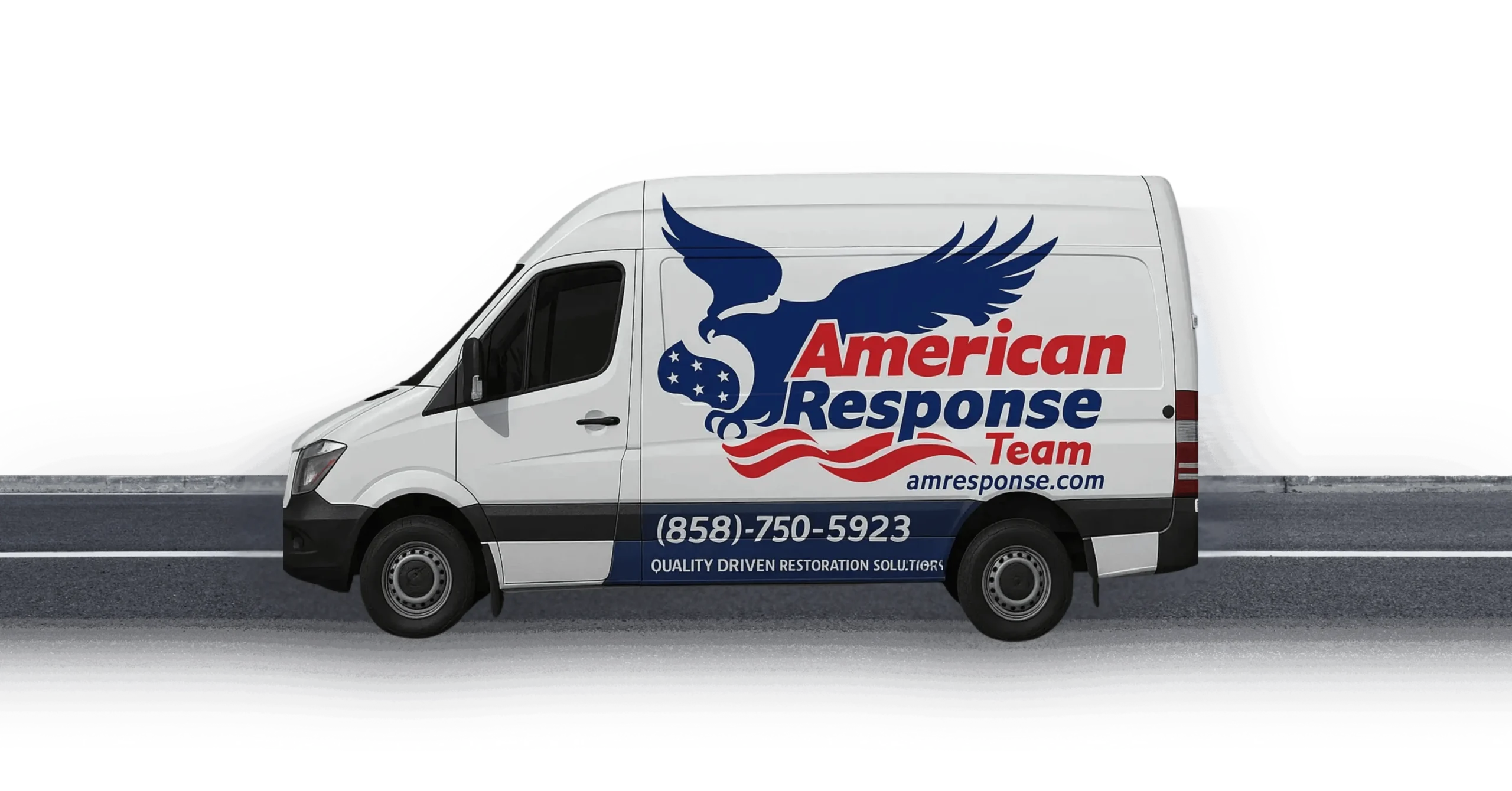Ever spotted a puddle under your fridge and wondered where it’s coming from? Kitchen water damage can sneak up on you, appliance leaks often start small but can escalate fast. In this guide I’ll cover kitchen water damage: appliance leaks every homeowner should know, so you’re ready to spot drips, stop leaks, and avoid costly repairs.
You’ll discover early warning signs, maintenance tips for dishwashers, refrigerators, garbage disposals, and sink plumbing, plus step-by-step advice on handling a major leak. Ready to keep your kitchen dry? Let’s dive in.
Identify warning signs
Visible leaks and stains
When water pools under your dishwasher, fridge, or sink, it’s a clear sign something’s off. Check the floor every time you run a cycle or grab a glass of water. Soft spots in cabinets, peeling laminate, or warped wood don’t fix themselves, tackle them now. Understanding what happens if water damage is left untreated can motivate you to act quickly.
According to Travelers Insurance, the main sources of water damage in the kitchen are your sink, refrigerator, and dishwasher—all having water supply lines that can leak, crack, or corrode over time.
Unusual sounds and smells
What you hear and smell can be as telling as what you see. If your dishwasher gurgles, your ice maker sloshes when it shouldn’t, or you notice a musty scent near the sink, you’ve probably got a leak in one of the pipes or seals. Don’t ignore odd noises or odors, they’re clues that often indicate the need for professional leak detection.
| Sign | Possible appliance | Recommended action |
|---|---|---|
| Puddle by baseboard | Dishwasher, fridge | Inspect seals, tighten hoses |
| Warped cabinet door | Under-sink plumbing | Check trap and fittings |
| Musty odor | Sink trap, disposal | Clean P-trap, run disposal |
| Gurgling during cycle | Dishwasher, ice maker | Clear blockages, test hoses |
| Discolored ceiling | Fridge-overhead cabinet | Look for overflow or drain back |
Prevent dishwasher leaks
Check door seal and spray arm
A worn door gasket lets water slip out during every wash. Clean the seal monthly with warm, soapy water, then inspect it for cracks or flattening. Make sure spray arms spin freely—clogs can back up water and flood your floor. The EPA recommends maintaining appliances regularly to prevent moisture problems that can lead to mold growth.
Inspect hoses and connections
Dishwasher hoses endure high pressure and heat cycle after cycle. Give them a squeeze—if they feel stiff, soft, or cracked, replace them right away. Tighten any loose fittings with a wrench, but be gentle to avoid stripping threads. Flexible water supply tubing tends to have a shorter shelf life and can crack, deteriorate, or burst, making regular inspection crucial for preventing water damage.
Run maintenance cycles
Clear out food debris and scale by running a vinegar or dishwasher cleaner cycle once a month. This simple trick keeps pumps and seals in top shape, and it cuts down on unpleasant odors. Your dishes will thank you too. Regular maintenance helps prevent situations that might require flood restoration services.
Inspect refrigerator connections
Examine ice maker line
The thin water line feeding your fridge’s ice maker is prone to tiny leaks. Every quarter, pull the fridge a few inches from the wall and look for moisture, corrosion, or kinks. Replace any damaged tubing before a pinhole turns into a waterfall. Learn about understanding different types of water damage for insurance purposes to ensure proper coverage.
Change water filter regularly
A clogged or expired filter can cause back pressure and leaks around the filter housing. Swap it out every six months or follow your fridge maker’s schedule. After replacing it, run at least a gallon of water through the dispenser to flush out loose particles. This maintenance step helps avoid extensive damage that might require reconstruction services.
Maintain sink and disposal
Spot garbage disposal drips
The rubber flange under your sink can wear down, especially if you run greasy dishes. Place a dry paper towel around the flange joint, run cold water, and flip on the disposal. If the towel comes away damp, it’s time to replace the flange or tighten mounting screws. According to The Home Depot’s repair guide, regular maintenance like running cold water and using the disposal regularly prevents rust and corrosion.
Tighten sink plumbing
Sink traps and drain pipes loosen over time, leading to drips. Check those slip nuts under the sink every few months—hand-tighten first, then give them a quarter turn with a wrench. Keep a small bucket nearby to catch any escaping water. If you encounter sewage backup, you’ll need professional sewage cleanup services immediately.
Schedule regular inspections
Gather your toolkit
- Flashlight for dark corners
- Adjustable wrench and pliers
- Paper towels or clean rags
- Small bucket or pan
- Camera or smartphone for photos
- Moisture meter for serious checks
Having the right tools makes inspection easier and helps you document any issues for insurance purposes. Review these top 5 mistakes homeowners make after water damage to ensure you’re prepared.
Quarterly checks
Every three months, walk through your kitchen and inspect hoses, seals, and drain connections. Look for wear on rubber parts and loose clamps on metal fittings. A quick visual check can head off most surprises. Check out how to spot mold before it becomes a health hazard during your inspections.
Annual inspections
Once a year, book time for a deeper dive. Pull appliances out, inspect behind and beneath them, and test shutoff valves. Consider having a licensed plumber or technician perform a thorough check to catch hidden issues. Professional inspections can identify problems that might otherwise lead to situations requiring fire damage restoration if electrical components are affected by water.
Handle major leaks
Shut off water supply
When you spot a growing leak, act fast. Locate your kitchen’s shutoff valve—often under the sink or behind the fridge—and turn it clockwise to halt all water flow. If that valve is stuck, shut off your home’s main water supply. Quick action following immediate water damage emergency response protocol can save thousands in repairs.
Minimize damage immediately
After stopping the leak, grab towels or a wet/dry vacuum to soak up standing water. Use fans or a dehumidifier to dry floors and cabinets. Pull appliances away from walls to improve air circulation. These steps help prevent the need for extensive mold remediation later.
Call a professional
Not every leak is a DIY fix. If water has seeped into walls or floors, or if a major pipe burst, call a licensed plumber or water damage specialist right away. They use moisture meters and infrared cameras to find hidden wet spots and prevent mold growth. In severe cases involving contaminated water, you may need biohazard cleanup services.
Document and recover
Take photos and videos
Good documentation is key for insurance claims. Photograph wet floors, warped cabinets, and any ceiling or wall stains with timestamps. Store images in the cloud so you can access them from anywhere. Understanding how to deal with insurance after a house fire provides insights that apply to water damage claims too.
Contact your insurer
Reach out to your insurance provider as soon as possible. Share your documentation, note your policy details, and ask about coverage limits and deductibles. Keep records of all calls and emails for reference.
Dry and restore
Once professionals handle repairs, help finish the job by running fans and a dehumidifier for at least 48 hours. Open cabinet doors and lightly prop up rugs to air out hidden pockets. You can also use a moisture meter to confirm dryness and consider a mold inhibitor spray on vulnerable surfaces. Learn about mold prevention products and how to prevent mold growth after water damage.
For comprehensive restoration needs, consider whether you need to rebuild after damage. Professional guidance ensures your kitchen is restored properly.
Long-term prevention strategies
Regular appliance maintenance
Following manufacturer recommendations for each appliance extends their life and prevents leaks. The IICRC water damage restoration standards emphasize prevention as the most cost-effective approach to avoiding water damage.
Upgrade aging components
Consider replacing:
- Flexible plastic hoses with stainless steel braided lines
- Old rubber gaskets and seals before they fail
- Appliances approaching or exceeding their expected lifespan
Install smart water detection
Modern water sensors with Wi-Fi connectivity can alert you to leaks via smartphone, even when you’re away. Some systems can automatically shut off water supply when leaks are detected, preventing catastrophic damage.
Understand seasonal risks
Different seasons bring unique challenges. Learn about fire season preparation and smoke damage prevention as kitchen fires can lead to water damage from suppression efforts. Also, be aware of San Diego mold season timing and prevention to schedule maintenance accordingly.
Key takeaways
- Identify early signs like puddles, stains, and odd sounds
- Prevent leaks with regular checks on seals, hoses, and filters
- Pull out appliances and inspect behind them quarterly and annually
- Act quickly by shutting off water, soaking up spills, and calling pros
- Document damage for insurance and help with drying after repairs
- Install water sensors and upgrade to stainless steel hoses for better protection
- Follow manufacturer maintenance schedules for all appliances
- Know when DIY fixes aren’t enough and professional help is needed
Try one maintenance habit today, like inspecting your dishwasher door seal, and notice how much peace of mind it brings. Regular maintenance prevents most kitchen water damage and saves you from costly repairs.
Protect Your Kitchen: Contact American Response Team
Don’t let appliance leaks turn into a kitchen catastrophe. Whether you’re dealing with an active leak, water damage from a faulty dishwasher, or need emergency restoration services, American Response Team is available 24/7 to protect your home.
Call 858-750-5923 now or contact us online for immediate assistance.
Our IICRC-certified technicians specialize in:
- Emergency water extraction and drying
- Complete kitchen water damage restoration
- Mold inspection and remediation
- Insurance claim assistance and documentation
- Full reconstruction services when needed
We understand that kitchen water damage disrupts your daily life. That’s why we respond quickly, work directly with your insurance company, and restore your kitchen to its pre-damage condition. With years of experience serving San Diego County, we’ve helped thousands of homeowners recover from appliance leaks and water damage.
Don’t wait for a small leak to become a major problem. Contact American Response Team today for a free assessment and protect your kitchen from water damage. Your home deserves professional protection – let us be your trusted restoration partner.

